Data has become the lifeblood of innovation in the digital age, driving businesses to seek faster and smarter ways to process and leverage it. It is predicted that by 2025, there will be over 41 billion Internet of Things (IoT) devices, generating an astounding 79.4 zettabytes of data per year.
This unprecedented increase in data production is creating a greater than ever need for agile and efficient computing models.
To address this issue, two powerful paradigms have emerged as frontrunners in data processing and storage: Edge Computing and Cloud Computing. While both of these concepts are concerned with data management and analysis, they serve different purposes and scenarios.
In this blog, we will look at the fundamental differences between Edge Computing and Cloud Computing, shedding light on their distinct characteristics, use cases, and benefits.
What is Edge Computing?
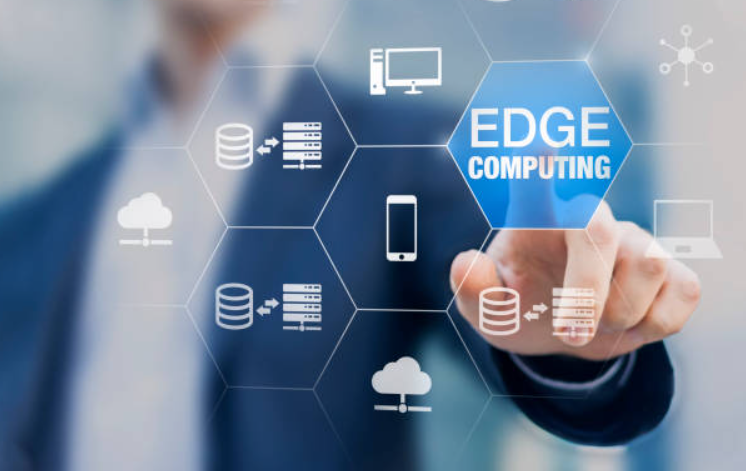
Edge computing is a decentralized computing model that moves data processing close to the location where it is generated, usually on or near the devices themselves, at the network’s “edge.” With this strategy, we hope to lessen latency, enhance real-time decision-making, and reduce the requirement for sending bulky amounts of data to centralized cloud servers.
It is especially well suited for low latency applications like remote monitoring, industrial IoT, and autonomous vehicles. Edge computing is the best option for situations where network connectivity may be sporadic because it ensures data privacy and improves responsiveness. However, scalability can be constrained by the capacity of local devices.
What is Cloud Computing?
Cloud computing is a centralized computing model that provides Internet-based access on demand to a shared pool of computing resources, such as servers, storage, databases, networking, and software. Cloud Computing Services are offered by providers through a pay-as-you-go model, allowing businesses to scale resources up or down based on demand.
With its unmatched scalability, affordability, and accessibility, cloud computing is ideal for a variety of applications, including web hosting, data storage, and big data analysis. Although data transmission to and from remote servers may result in increased latency, it performs well in situations where data can be centralized and where flexibility and resource elasticity are crucial.
-
Definition and Core Concept:
Edge Computing: Edge computing involves processing data closer to its source—often at the edge of the network or on IoT devices themselves. It aims to reduce latency, improve real-time decision-making, and minimize data transmission to centralized servers.
Cloud Computing: Cloud computing, on the other hand, centers around providing on-demand access to a shared pool of computing resources (such as servers, storage, and databases) over the internet. It prioritizes scalability, flexibility, and centralized data management.
-
Latency and Response Time:
Edge Computing: It excels in scenarios demanding ultra-low latency, as data processing occurs locally, resulting in quicker response times. This is vital for real-time applications like autonomous vehicles and industrial automation.
Cloud Computing: Latency might be higher due to data traveling to and from distant cloud servers, making it less suitable for time-sensitive applications.
-
Data Volume and Bandwidth:
Edge Computing: It’s ideal for scenarios with high data volumes, as only relevant data is sent to the cloud after local processing, reducing bandwidth consumption.
Cloud Computing: Well-suited for scenarios with lower data volumes and when data can be centralized without causing network congestion.
Edge Computing: Scalability can be constrained by local hardware limitations, making it suitable for scenarios where the number of edge devices is relatively stable.
Cloud Computing: Offers seamless scalability, enabling resources to be provisioned and scaled up or down as needed.
-
Reliability and Offline Operation:
Edge Computing: Offers enhanced reliability as applications can function even when connectivity to the cloud is lost, crucial for scenarios like remote field operations.
Cloud Computing: Reliability depends on the cloud provider’s infrastructure and uptime guarantees.
-
Data Privacy and Security:
Edge Computing: Provides improved data privacy, as sensitive data can be processed locally without being sent to external servers.
Cloud Computing: Raises concerns about data privacy, requiring strong encryption and security measures to protect sensitive information.
Edge Computing: Initial costs might be higher due to setting up edge infrastructure, but operational costs can be lower due to reduced data transmission.
Cloud Computing: Initial setup costs are generally lower, but operational costs can increase as data volumes grow.
Edge Computing: Suited for applications like real-time analytics, IoT devices, remote monitoring, and AR/VR experiences.
Cloud Computing: Ideal for applications like web hosting, data storage, software development, and big data analysis.
Edge Computing: Operates independently of the central network, making it resilient to network failures.
Cloud Computing: Highly dependent on network availability for operations.
Edge Computing: Often used in hybrid setups, combining local processing with cloud-based analytics for optimal results.
Cloud Computing: Can integrate with edge solutions to offload intensive processing tasks and provide long-term data storage.
Edge Computing vs Cloud Computing: Which one is the best?

Edge computing and cloud computing serve different purposes and have distinct advantages and disadvantages. The choice between them isn’t a matter of one being universally best, but rather depends on specific use case and priorities of the user.
Let’s compare them to help you decide which is best for your needs:
- Latency: If milliseconds matter, edge computing is the winner.
- Scalability and Cost: For cost-effective scalability and ease of management, cloud computing prevails.
- Privacy and Security: Edge computing offers a local, private option for sensitive data.
- Hybrid Approach: In many cases, a hybrid solution combining both edge and cloud computing is optimal, leveraging the strengths of both.
Conclusion:
In the dynamic landscape of computing, both Edge Computing and Cloud Computing play pivotal roles in catering to diverse technological needs. However, the benefits of cloud computing prevail when it’s about scalability, cost and hybrid approach. So, it’s better to understand the basic differences to make informed decisions on which approach to adopt based on specific use cases, performance requirements, and data management preferences.
The post Edge Computing vs Cloud Computing: Key Differences appeared first on .
Tags:
- Cloud Computing
- Edge Computing
- benefits of cloud computing
- cloud computing
- cloud computing services
- cloud technology
- edge computing
- google cloud computing
- serverless computing
- types of cloud computing

 .NET MAUI Development
.NET MAUI Development
 Xamarin Application Development
Xamarin Application Development
 React Native App Development
React Native App Development
 iOS Application Development
iOS Application Development
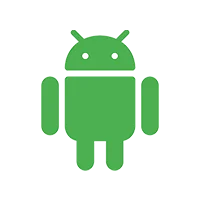 Android Application Development
Android Application Development
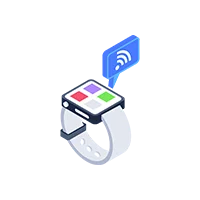 Android Wear App Development
Android Wear App Development
 Ionic Development
Ionic Development
 iBeacon Application Development
iBeacon Application Development
 Universal Windows Platform (UWP)
Universal Windows Platform (UWP)
 Kotlin Application Development
Kotlin Application Development
 Swift Application Development
Swift Application Development
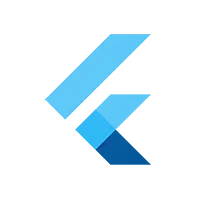 Flutter Application Development
Flutter Application Development
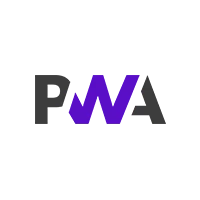 PWA Application Development
PWA Application Development
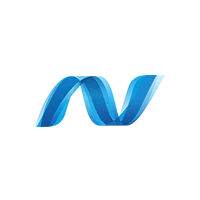 .NET Application Development
.NET Application Development
 .NET Nuke Development
.NET Nuke Development
 Microsoft Dynamics CRM
Microsoft Dynamics CRM
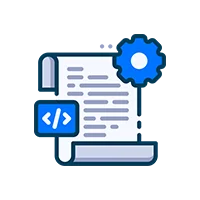 Microsoft Small Business Solution
Microsoft Small Business Solution
 VB .NET Development
VB .NET Development
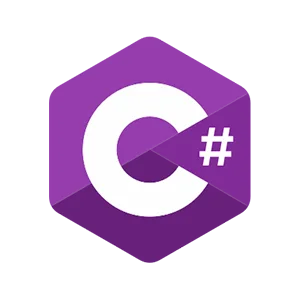 C# Development
C# Development
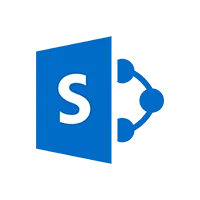 Sharepoint Migration
Sharepoint Migration
 Sharepoint Development
Sharepoint Development
 ASP.NET Core Development
ASP.NET Core Development
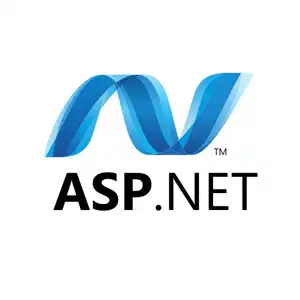 ASP.NET Development
ASP.NET Development
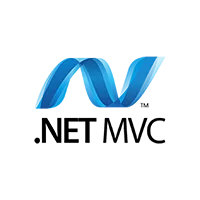 ASP.NET MVC Development
ASP.NET MVC Development
 Kentico CMS
Kentico CMS
 Umbraco CMS
Umbraco CMS
 AJAX Development
AJAX Development
 Agile Development
Agile Development
 Microsoft Bot
Microsoft Bot
 Microsoft Blazor
Microsoft Blazor
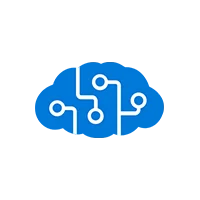 Microsoft Azure Cognitive
Microsoft Azure Cognitive

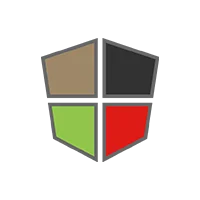 Mean Stack Development
Mean Stack Development
 Vue JS Development
Vue JS Development
 Javascript Development
Javascript Development
 Angular JS Development
Angular JS Development
 Next JS development
Next JS development
 Java Development
Java Development
 Python Development
Python Development
 Django Development
Django Development
 Cherrypy Development
Cherrypy Development
 NodeJS Development
NodeJS Development
 Laravel Development
Laravel Development
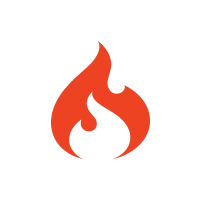 CodeIgniter Development
CodeIgniter Development
 Zend Development
Zend Development
 Ruby on Rails Development
Ruby on Rails Development
 CakePHP Development
CakePHP Development
 PHP Website Development
PHP Website Development
 Symfony Development
Symfony Development
 Drupal Development
Drupal Development
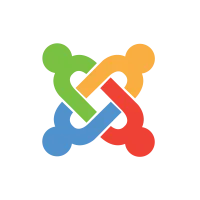 Joomla Development
Joomla Development
 Wordpress Development
Wordpress Development
 Offshore Software Development
Offshore Software Development
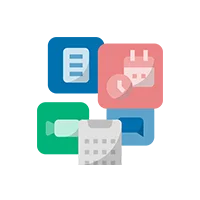 Custom Application Development
Custom Application Development
 Full Stack Development
Full Stack Development
 AI & Machine Learning
AI & Machine Learning
 Custom CRM Solutions
Custom CRM Solutions
 Flask Software Development
Flask Software Development
 Electron JS Development
Electron JS Development
 ChatGPT Development
ChatGPT Development
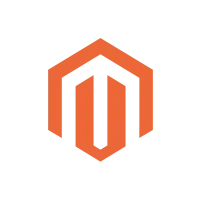 Magento Development
Magento Development
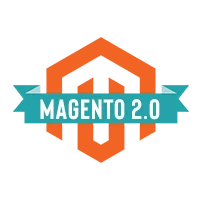 Magento 2.0 Development
Magento 2.0 Development
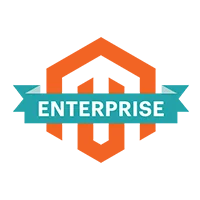 Magento Enterprise
Magento Enterprise
 Shopping Cart Development
Shopping Cart Development
 Prestashop Development
Prestashop Development
 Shopify Development
Shopify Development
 Open Cart Development
Open Cart Development
 WooCommerce Development
WooCommerce Development
 BigCommerce Development
BigCommerce Development
 NopCommerce Development
NopCommerce Development
 Virto Commerce Development
Virto Commerce Development
 AspDotNetStorefront Development
AspDotNetStorefront Development
 RaspBerry Pi
RaspBerry Pi
 Firmware Software Development
Firmware Software Development
 ESP 32 Software Development
ESP 32 Software Development
 Embedded Development
Embedded Development
 Internet of Things
Internet of Things
 Nordic Development
Nordic Development
 HTML 5
HTML 5
 UI/UX Design
UI/UX Design
 Graphic Design
Graphic Design
 Adobe Photoshop
Adobe Photoshop
 XML Application Development
XML Application Development
 Cloud Computing Solutions
Cloud Computing Solutions
 Azure Cloud App Development
Azure Cloud App Development
 AWS Development
AWS Development
 Google Cloud Development
Google Cloud Development
 SQL Programming Development
SQL Programming Development
 MySQL Development
MySQL Development
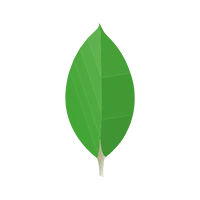 MongoDB Development
MongoDB Development
 Big Data
Big Data
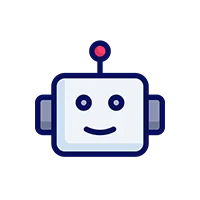 Robotic Process Automation
Robotic Process Automation
 Social Media Marketing
Social Media Marketing
 Search Engine Optimization
Search Engine Optimization
 QA Testing
QA Testing
 Software Testing
Software Testing
 Software Security
Software Security
 Maintenance And Support
Maintenance And Support
 I.T. Consulting Services
I.T. Consulting Services
 Business Intelligence
Business Intelligence
 YII Development
YII Development
 Data Analysis
Data Analysis
 Alexa Skills Development
Alexa Skills Development
 On Demand App for Mobile repairing services
On Demand App for Mobile repairing services
 On Demand App for Car Service Booking
On Demand App for Car Service Booking
 On Demand App for Cleaning Services
On Demand App for Cleaning Services
 On Demand App for Pharmacy
On Demand App for Pharmacy
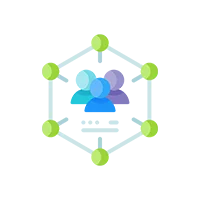 On Demand Dedicated Developers
On Demand Dedicated Developers


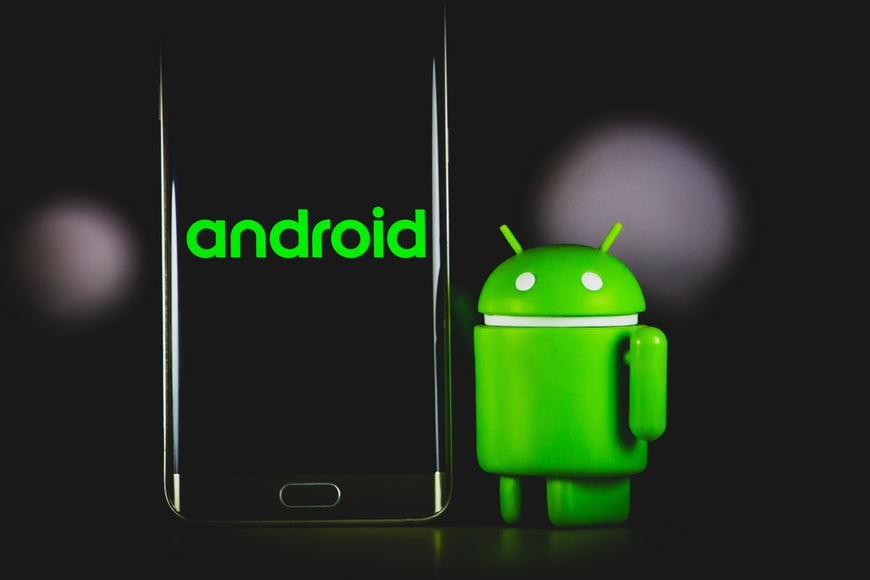




Leave a Reply